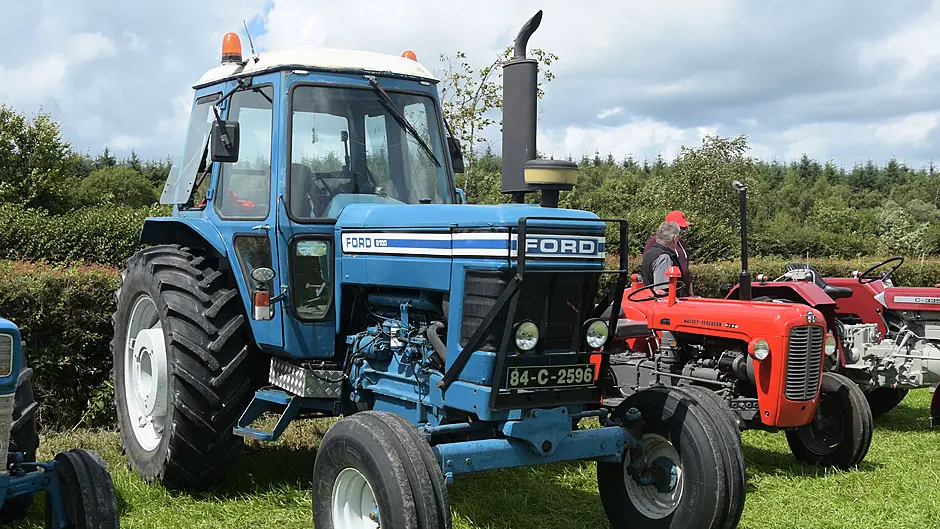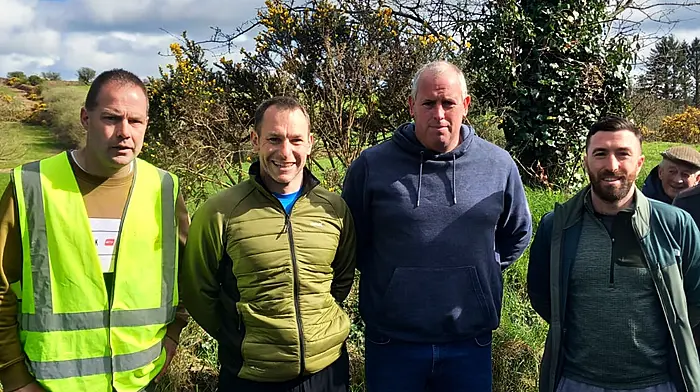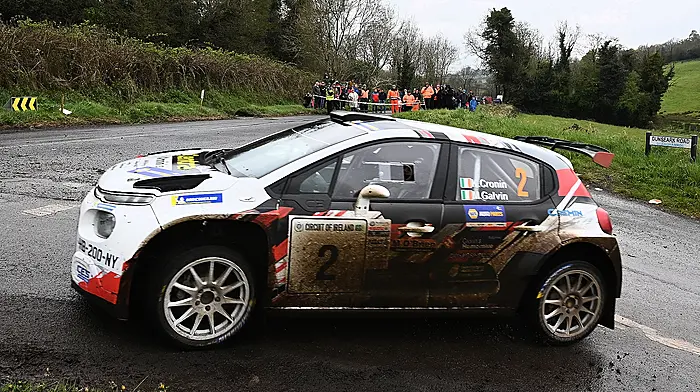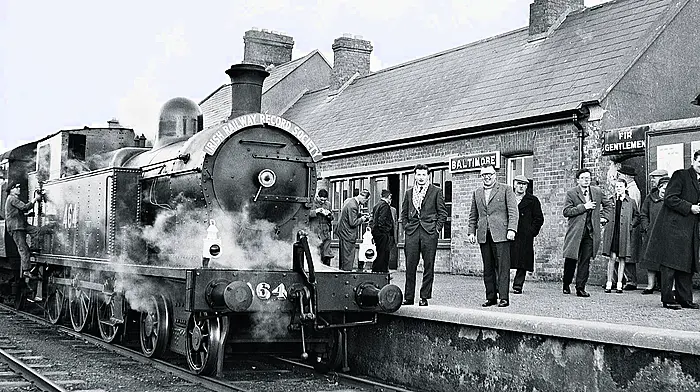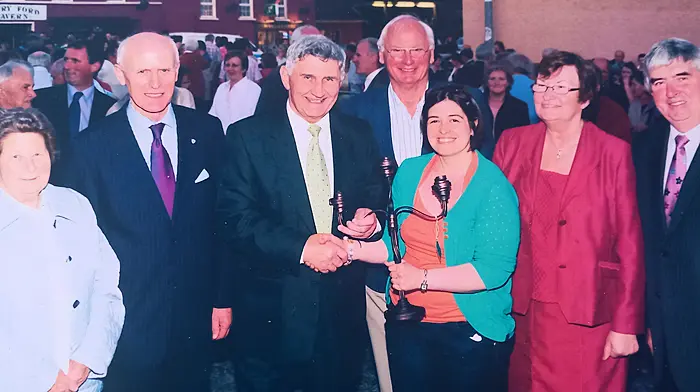
IN the mid 1970s, Ford had an extensive product range. For the farmer, the lightweight and nimble ‘600’ series of tractors spanned 40-95hp in three or four-cylinder format, complete with straddle Q-cabs.
To top it off, the entry ‘700’ tractor, the 7700 offered 100hp, a flat deck cab, and was equally at home on a plough or topper, again in nimble 4-cylinder guise.
For the contractor, the beefy, heavyweight 8700 and 9700 brought 126hp and 143hp through a six-cylinder turbocharged power plant complete with four-wheel drive.
However, there was a considerable gap between 100 and 126 horsepower.
For the farmer who wanted a tractor that was light and nimble around the yard, yet powerful enough to tackle a large trailed forage harvester ... one would have to switch colour.
The debut of the Ford 8100 in 1978 at the National Grassland show in Stoneleigh, England was a tactical move by Ford.
Silage cutting was carried out in house by many farmers at the time and Ford were eager to show the tractor’s capabilities.
The Ford 8100 had a significantly short production run of only two years.
The tractor was ‘designed’ with ideas contributed by EVA of France, SEM (South Essex Motors), and County.
It was manufactured by County Commercial Cars at their factory in Fleet, Hampshire for Ford using mainly Ford components.
The 8100 is powered by a Ford commercial 2715 Dorset truck engine.
The 6.2 litre engine was tuned to 115hp for the purpose of the 8100 and is easily identified by the injectors mounted on the side of the cylinder head.
Apparently the engine is noted for being on the heavy side of consumption for agricultural use.
Used for commercial, marine, and construction purposes, the 2715 was designed to sit in a chassis and as a result the engine block was not strengthened.
At the time, a tractor back end, transmission, engine, and front casting were all bolted together, the engine strengthened or ‘stressed’ to be load carrying.
To overcome this, a steel rail support frame was used to carry the unstressed engine block of the 8100.
The front axle is mounted backwards giving the tractor the same wheelbase as the 7700 as well as a nose-heavy appearance.
The full potential of the 8100’s 115hp could also not be achieved in 2wd format and the 8100 MKII was available with optional 4wd using a Schindler front axle.
The 8100 is built around the gearbox and backend of the Ford 6700 tractor, employing a 16F/4R Dual Power constant mesh gearbox, through a 13” clutch, and is known to be swift on the road.
The tractor features bonnet extension panels to accommodate the extra two cylinders under the hood – with the extension separating the ‘D’ of Ford.
Weighing in at 4.1 tons, the tractor has a lift capacity of 4.2tons and 38 litres of oil flow.
If you have a Ford 8100 or any other rare tractor, please get in touch!
• Contact Peter at [email protected] or see Instagram @flashphotoscork

